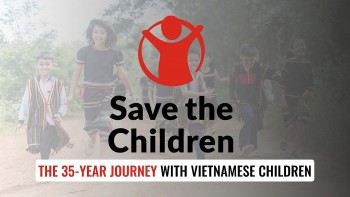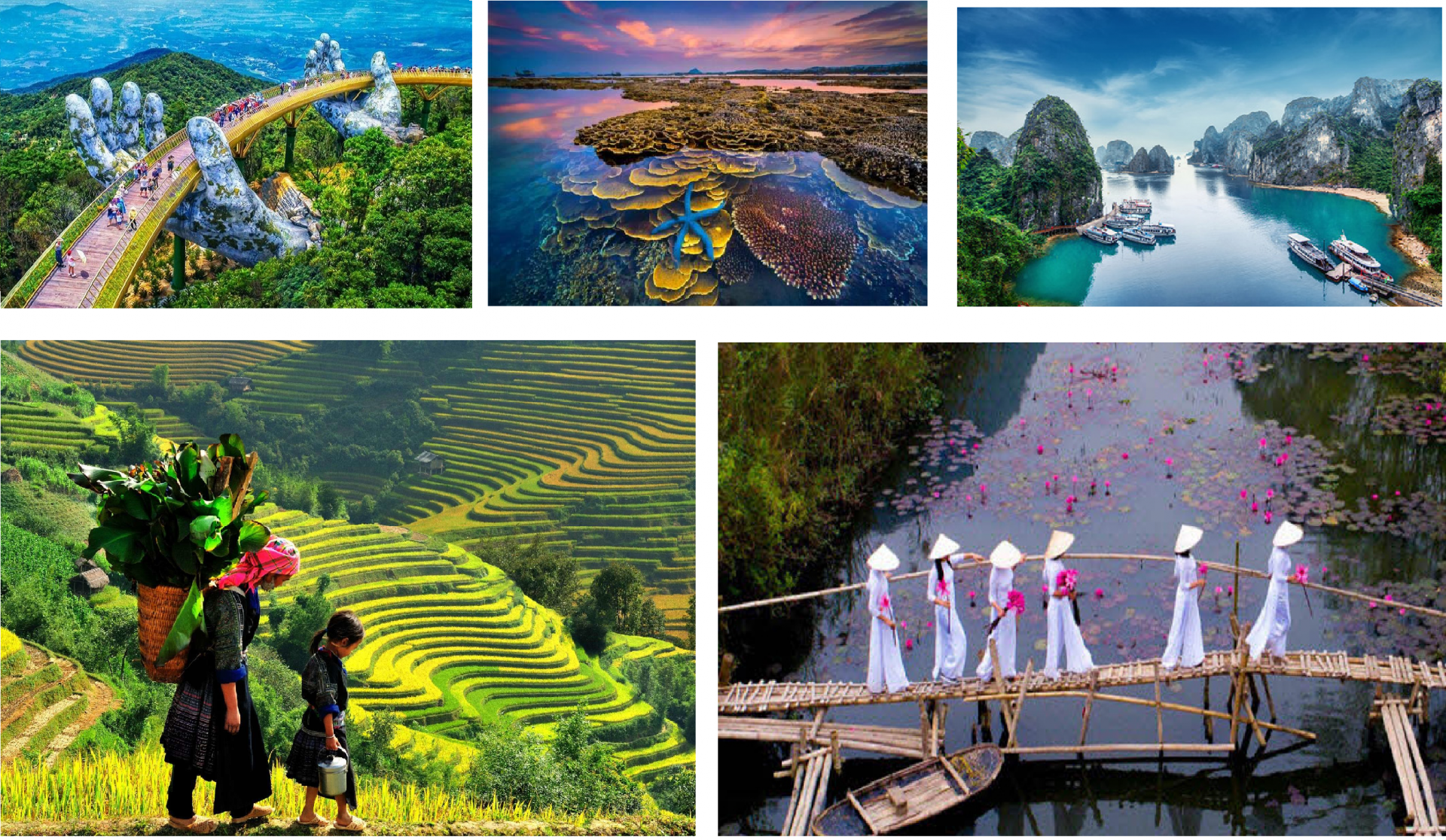Responding with Resolve: India’s Growing Capacity for Crisis Relief
As the Indian economy surges ahead and the country assumes a more assertive role in the international order, its foreign policy has evolved from one of cautious balancing to proactive leadership. Foreign Secretary Dr. S. Jaishankar aptly captures this transformation, noting India’s aspiration “to be a leading power… and a willingness to shoulder greater global responsibilities.
India’s role as a first responder in South Asia has been consistently marked by substantial financial and material assistance, particularly in times of acute humanitarian crises. This commitment was most visibly demonstrated during the 2004 Indian Ocean Tsunami, when India, despite being severely affected itself, refused external aid and immediately dispatched $2.2 million worth of assistance to Sri Lanka and $1.1 million to the Maldives. The Indian military mobilized aircraft, helicopters, and naval ships to deliver over 200 tonnes of relief supplies and set up field hospitals, showcasing its capacity for rapid and large-scale response.
Even in politically sensitive contexts, India has prioritized humanitarian imperatives. Setting aside diplomatic tensions in favor of human solidarity, India extended significant aid to Pakistan following the 2005 earthquake, offering $25 million in cash assistance and an additional $15 million in in-kind contributions, including food, medicines, and shelter materials. This gesture was particularly notable given the strained bilateral relations, underscoring India’s humanitarian priorities over political differences. Similarly, in 2010, when Pakistan was ravaged by floods, India again provided large-scale food and medical aid, deploying aircraft and helicopters to support relief operations.
Nepal’s devastating earthquake in 2015 prompted one of India’s largest-ever disaster relief operations, Operation Maitri. Within hours, India mobilized the Army, Air Force, and specialized rescue teams, delivering massive quantities of food, medicines, and medical personnel. The scale and speed of the response earned international praise, with a senior UN official recognizing India as a “first responder,” and Nepal’s ambassador to India calling the effort “unique” in its magnitude.
India’supports to Bangladesh with material generosity, particularly during Cyclone Sidr in 2007, when India sent large quantities of food, medicines, and shelter materials via naval ships and aircraft. The Maldives received emergency water supplies and technical support during its 2014 water crisis, while Sri Lanka was again a recipient of substantial aid during the 2008 floods and more recently during its 2022 economic crisis, when India provided urgent financial, food, and fuel assistance.
These instances, drawn from nearly two decades of bilateral humanitarian assistance, reflect India’s evolving capacity to deliver impactful aid across the region. As its economy grows in size and openness, India’s ability to mobilize both financial resources and military assets for humanitarian purposes has expanded significantly. Whether through cash grants, in-kind contributions, or rapid deployment of relief teams, India continues to anchor regional stability and solidarity, reinforcing its identity as a reliable and responsive neighbor in times of need.
India’s HADR engagement with Southeast Asia is not limited to emergency response, it is deeply embedded in regional preparedness and cooperation. Through platforms like the ASEAN Defence Ministers’ Meeting-Plus (ADMM-Plus), the ASEAN Regional Forum (ARF), and the East Asia Summit (EAS), India contributes to civil-military coordination and disaster risk reduction. Joint exercises such as Exercise KOMODO and the ASEAN-India Maritime Exercise (AIME) enhance interoperability, while initiatives like the Indian Ocean Naval Symposium (IONS) and Milan foster multilateral collaboration.
India’s technological contributions, notably through ISRO’s South Asia Satellite (GSAT-9), support early warning systems and disaster monitoring, reinforcing ASEAN’s resilience-building efforts.
India’s humanitarian footprint extends beyond material aid to robust financial support. In the 2024–25 budget, India allocated over USD 549 million in foreign aid, primarily benefiting Bhutan, Nepal, the Maldives, Sri Lanka, Afghanistan, and Bangladesh. This aid spans infrastructure projects like Afghanistan’s Salma Dam, urban development in the Maldives, and extensive initiatives in Bangladesh. During Sri Lanka’s 2022 economic crisis and the Maldives’ 2014 water shortage, India provided urgent financial and logistical support, demonstrating its commitment to regional well-being.
India’s role during the COVID-19 pandemic was emblematic of its first responder ethos. Establishing the SAARC COVID-19 Emergency Fund with an initial USD 10 million pledge, India supplied critical medicines, medical equipment, and vaccines across South Asia. It exported 85 million hydroxychloroquine tablets to over 100 countries and deployed digital healthcare tools to bolster regional resilience.
India’s most visible and impactful tool in disaster relief is its military, particularly in the realm of Humanitarian Assistance and Disaster Relief (HADR). The 2004 Indian Ocean Tsunami marked a watershed moment, where India, despite being severely affected, refused external aid and swiftly dispatched assistance to Sri Lanka and the Maldives. This operation, conducted alongside the United States, Australia, and Japan, laid the foundation for India’s role in the Quad and showcased its capacity for multinational coordination.
Since then, India has institutionalized its HADR capabilities through the Headquarters Integrated Defence Staff (HQ-IDS) and the Defence Crisis Management Group (DCMG), enabling rapid and coordinated responses. Whether it was Typhoon Haiyan in the Philippines (2013), the double disaster in Indonesia (2018), or Operation Maitri during Nepal’s devastating 2015 earthquake, India’s military has consistently led with speed, scale, and sensitivity. The recent Operation Brahma in Myanmar (2025), involving airlifts, naval deployments, and field hospitals, further underscores India’s readiness to act decisively in times of crisis.
India’s lesser-known but vital contribution lies in its financial diplomacy. Through a currency swap mechanism instituted in 2012, the Reserve Bank of India has provided liquidity support to Bhutan, Maldives, and Sri Lanka during foreign exchange crises. These interventions have helped stabilize economies, preserve governance, and prevent deeper financial turmoil.
As India’s economy expands in size and openness, its capacity, and willingness, to act as a first responder has grown in tandem. Its aid is increasingly multifaceted: combining military precision, financial generosity, technological innovation, and diplomatic tact. India’s “Neighbourhood First” policy and its strategic outreach to Southeast Asia reflect a vision of shared prosperity and collective resilience.
In sum, India’s evolving role as a first responder is not merely a reflection of its capabilities, it is a conscious choice rooted in responsibility, regional solidarity, and a vision of leadership that seeks to uplift rather than dominate. As disasters grow in frequency and intensity across South Asia, India’s readiness to respond, swiftly, generously, and strategically, stands as a beacon of hope and partnership.



